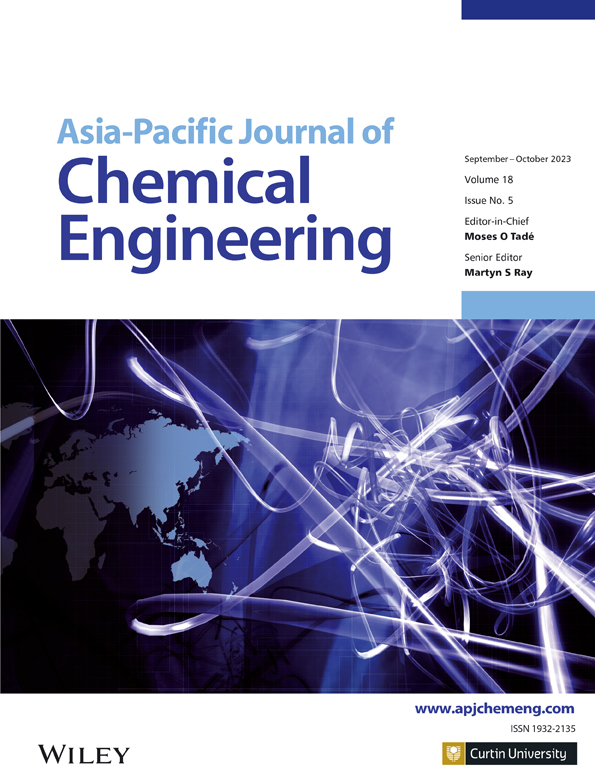Preparation of MoS2/diesel dispersion nanofluid and its application in diluent blending-viscosity reduction technology for heavy oil production
Abstract
Diluent blending-viscosity reduction technology is an important method for heavy oil exploitation. For conventional diluent blending-viscosity reduction technology, many disadvantages such as large amount of light oil and poor thermal conductivity limit its development in the oil field. In this paper, nano-molybdenum disulfide (MoS2) with excellent thermal conductivity was added into diesel to improve the thermal conductivity of light oil, and the stability of MoS2/diesel dispersion was improved by adding the dispersant. The effect of diluent blending-viscosity reduction technology was evaluated using MoS2/diesel dispersion as light oil system. The results showed that the dispersion effect of ultrasonic cell crusher was better than that of a homogenizer and ultrasonic cleaner; the stability of MoS2/diesel dispersions decrease with the increase of the dosage of nanoparticles and with temperature. A certain degree of mechanical oscillation can improve the stability of MoS2/diesel dispersions. Compared with Span-80 and N,N-dimethylformamide, the stability was significantly improved when the concentration of succinimide ashless dispersant was 1%. The evaluation of diluent blending-viscosity reduction technology experiment shows that adding an appropriate dosage of MoS2 can reduce the amount of light oil and improve the viscosity reduction effect at low temperature. When the blending ratio was 5% at 50°C, the viscosity reduction rate of MoS2/diesel dispersion relative to diesel increased by 44.9%. Therefore, it is of great significance to reduce the energy consumption and increase the production of heavy oil by diluent blending-viscosity reduction technology based on oil-based nanofluids with high thermal conductivity.
CONFLICT OF INTEREST STATEMENT
The authors declare that they have no known competing financial interests or personal relationships that could have appeared to influence the work reported in this paper.




